ell a material conducts heat
Certain metals conduct heat better than others. To learn about the best materials for providing thermal conductivity check out our thermal metals blog post. Thermal conductivity is the term that describes how quickly a material absorbs heat from areas of high temperature and moves it toward... Many materials conduct heat reasonably well, but are fairly good insulators where electricity is concerned. One example would be glass. Something that conducts thermal energy well is a thermal...conductor. If it does not conduct well it is called an insulator.
Thermal conductivity is the measure of a sample's ability to conduct heat. It is most often used in physics and is useful in determining how a material conducts electricity.

How well a material conducts heat
Which Materials Conduct Heat? By Staff WriterLast Updated April 12, 2020. Metals are good conductors of heat, as compared to wood, glass and plastic. In heat transfer, the thermal conductivity of a material is the property that determines its ability to conduct heat. Thermal conductivity is a measure of how well a material conducts energy when it is heated. Some typical values of conductivities are When trying to keep houses warm, the choice is between materials that are poor conductors such as brick, wood, plastic and glass. Thermal conductivity is a measure of how well or poorly a material conducts heat energy. ("measure of the strength of heat conduction")! It applies only to the heat transfer by thermal conduction, not convection or radiation! Fourier's law applies in this form only if the surfaces through which the heat...
How well a material conducts heat. Materials scientists are well aware that carbon nanotubes are exceptional conductors. These tiny tubes have a thermal conductance in excess of 1,000 W Yamaguchi and co say the new material conducts heat in the direction of nanotube alignment with a thermal conductance of 43 W m-1 K-1. Mica is a good conductor of heat but an electrical insulator. According to free electron theory (which What about dielectric materials? In the case of mica, it conducts heat but not electricity, so what are the Diamond is one of the best conductors of heat in existence, and it's because of phonons, ie... Certain factors can affect how well a material conducts electricity. The way a material has been processed can affect how well it conducts electricity. Electromagnetic fields: Conductors generate their own electromagnetic fields when electricity runs through them, with the magnetic field... Thermal conductivity is a material property that describes ability to conduct heat. Thermal conductivity can be defined as. "the quantity of heat transmitted Google use cookies for serving our ads and handling visitor statistics. Please read Google Privacy & Terms for more information about how you...
Thermal Transmittance describes how well the material conducts heat. Thermal Transmittance is the inverse of the R-value (i.e., 1/R) and the lower the As was written, heat transfer through any of these insulation systems may include several modes: conduction through the solid materials, conduction... How well a material conducts heat is called its conductivity. Heat flows quickly from the warm skin to the highly conductive steel. Your skin rapidly cools off and feels cold. When you touch wood, the wood doesn't conduct heat very well and blocks the flow. Note that, the thermal conductivity represents how well a material conducts heat and heat capacity Cp represents how much energy the material stores per unit volume. A material with a higher thermal conductivity or lower heat capacity will have a large thermal diffusivity. Heat conduction is a property that requires the metal to pass on vibration of its atomic structure, because this is how heat gets conducted. This means, that materials with a tight bond between the atoms are better heat conductors than materials with loose connection.
What Material Conducts Heat Best Science ExperimentIn this Video we show you the steps to conduct this cool science experiment where you find out what... (9) 12 13 How well a material conducts heat. (11) 13 14 Down 1 The unit that heat is measured in. (5) 4 Force that generates heat when two objects are rubbing. (8) 5 The amount of heat energy a material required to change the temperature of a material. Steady Heat Conduction. In thermodynamics, we considered the amount of heat transfer as a system undergoes a In heat transfer, we are more concerned about the rate of heat transfer. The basic requirement for Thermal conductivity k [W/mK] is a measure of a material's ability to conduct heat. Specific heat and latent heat of fusion and vaporization. Thermal conduction, convection, and radiation. Read this article to learn how to determine the rate at which heat conducts through a material.
Conduction is the transfer of heat through solid materials. Thermal conductivity is the measure of how fast a material conducts heat. The opposite of conductivity is resistivity, or insulating value. Metals, like aluminum or iron, conduct very well, that is, they are good conductors and poor insulators.
Usually, when a material is compressed, it becomes a better conductor of heat. But as compression increases, the ability of boron arsenide to conduct heat deteriorates, the co-authors write in the article, titled "Non-monotonic pressure dependence of the thermal conductivity of boron arsenide."
Do all materials conduct heat in the same way? This investigation will show the learners that metals conduct heat better than non-metals. If possible, watch the Veritasium video provided in the visit link before class about the misconceptions surrounding temperature and which demonstrates this activity.
Heat conduction (or thermal conduction) is the movement of heat from one object to another one that has different temperature when they are touching each other. Other ways to transfer heat are by thermal radiation and/or convection. How is heat conducted through a material?
Poor conductors are any material that does not conduct electricity, heat or both very well and are generally known as insulators. How long do non stick pans last? three to five years Is ceramic cookware better than Teflon? In terms of ceramic vs Teflon cookware, the main difference lies in the...
Students will investigate the thermal conductivity of metals by learning how to measure thermal conductivity with this fun and easy science fair project idea.
This table of the conductivity and resistivity of many common materials will help you learn about the concepts and factors that affect conductivity. Electrical conductivity is the reciprocal quantity of resistivity. Conductivity is a measure of how well a material conducts an electric current.
The thermal conductivity of a material is a measure of its ability to conduct heat. It is commonly denoted by. , , or. . Heat transfer occurs at a lower rate in materials of low thermal conductivity than in materials of high thermal conductivity.
Which Metals Conduct Heat The Best? Common metals ranked by thermal conductivity. Solar water heaters are a cost-effective way to heat water in which a copper tube is used to transfer the solar For gas water heaters, copper is the preferred material because of its high thermal conductivity and ease...
Heat conduction within a solid is directly analogous to diffusion of particles within a fluid, in the situation where there are no fluid currents. For example, the material of the wall must not undergo a phase transition, such as evaporation or fusion, at the temperature at which it must conduct heat.
Materials in between these have neither significant insulating or conducting properties. Cement and glass neither conduct extremely large amounts of heat Since U and R-values to express how well a certain material resists the flow of heat, thermal conductivity plays a role in shaping these values.
Metal is a good conduction of heat. Conduction occurs when a substance is heated, particles will gain more energy, and vibrate more. These molecules then bump into nearby particles and transfer some of their energy to them. This then continues and passes the energy from the hot end down to...
Thermal conductivity is a measure of how well or poorly a material conducts heat energy. ("measure of the strength of heat conduction")! It applies only to the heat transfer by thermal conduction, not convection or radiation! Fourier's law applies in this form only if the surfaces through which the heat...
Thermal conductivity is a measure of how well a material conducts energy when it is heated. Some typical values of conductivities are When trying to keep houses warm, the choice is between materials that are poor conductors such as brick, wood, plastic and glass.
Which Materials Conduct Heat? By Staff WriterLast Updated April 12, 2020. Metals are good conductors of heat, as compared to wood, glass and plastic. In heat transfer, the thermal conductivity of a material is the property that determines its ability to conduct heat.
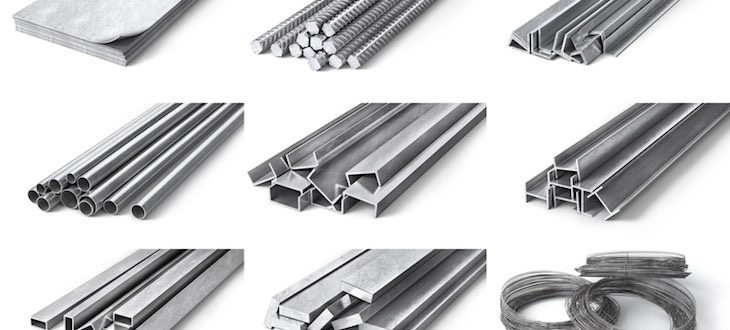

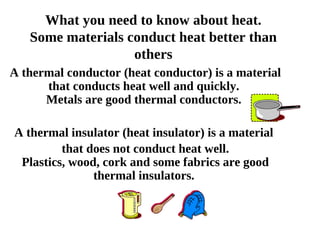
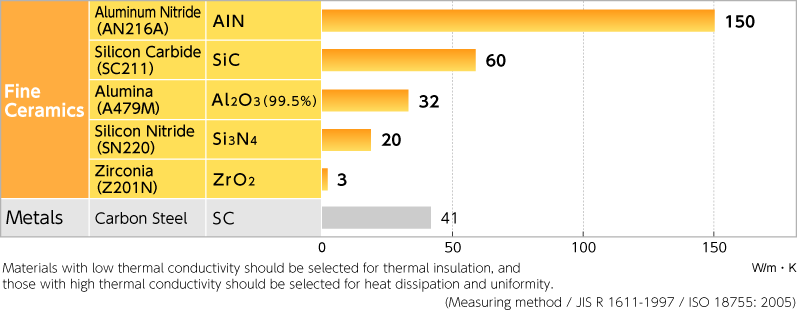

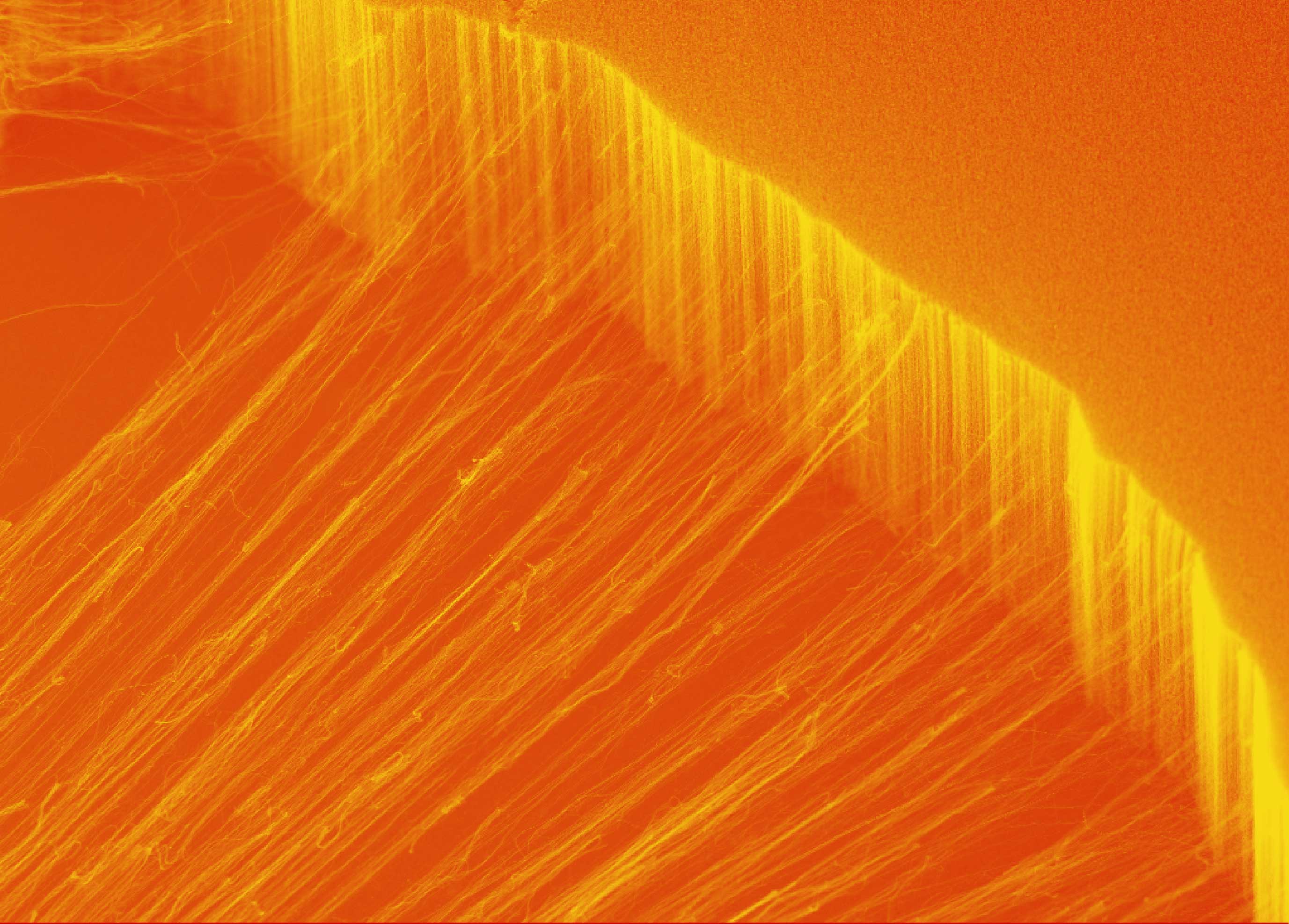


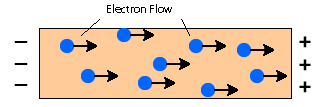



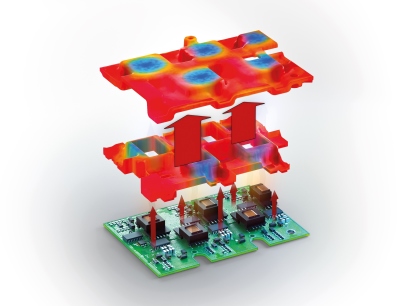
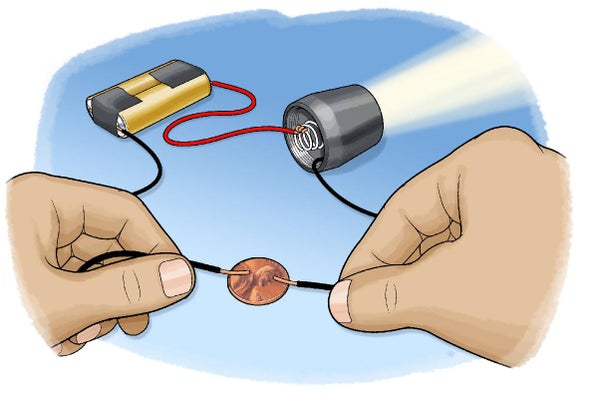


/the-most-conductive-element-606683_FINAL-cb8d31a0404241e2a3187e67c7b57e8c.gif)



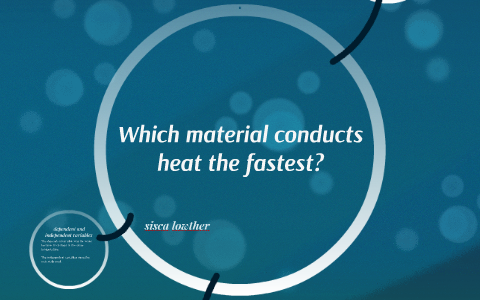

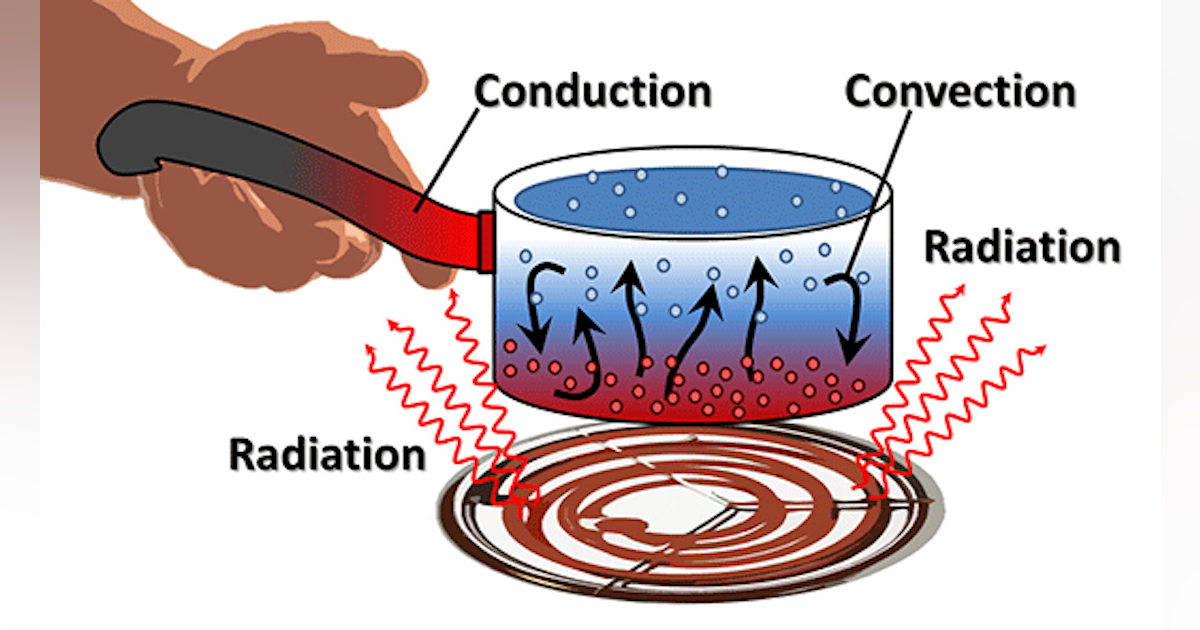



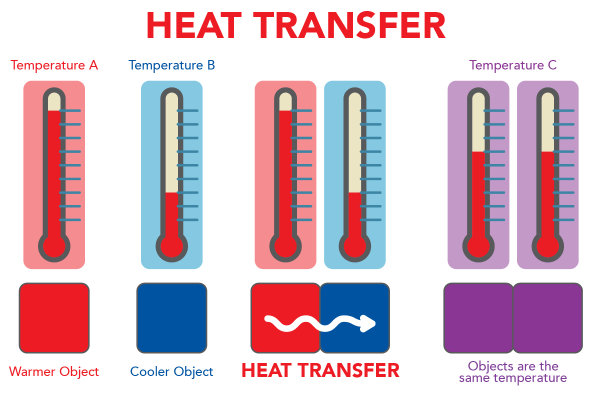
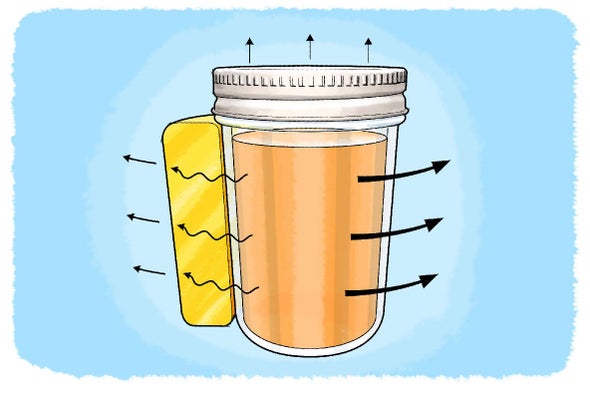






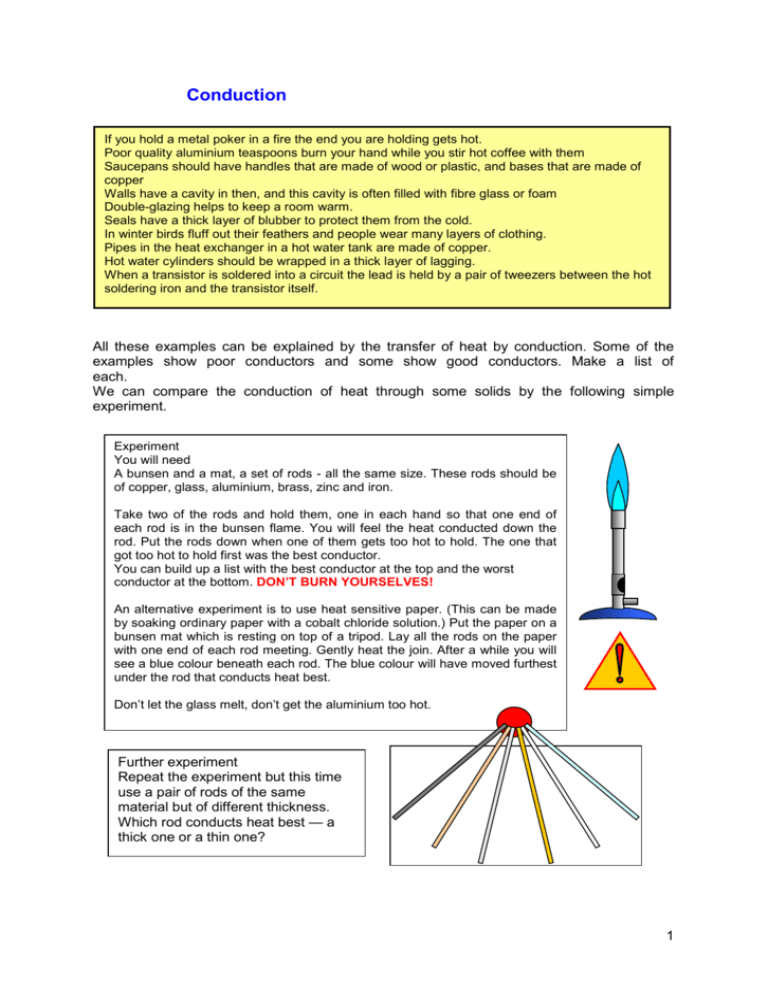

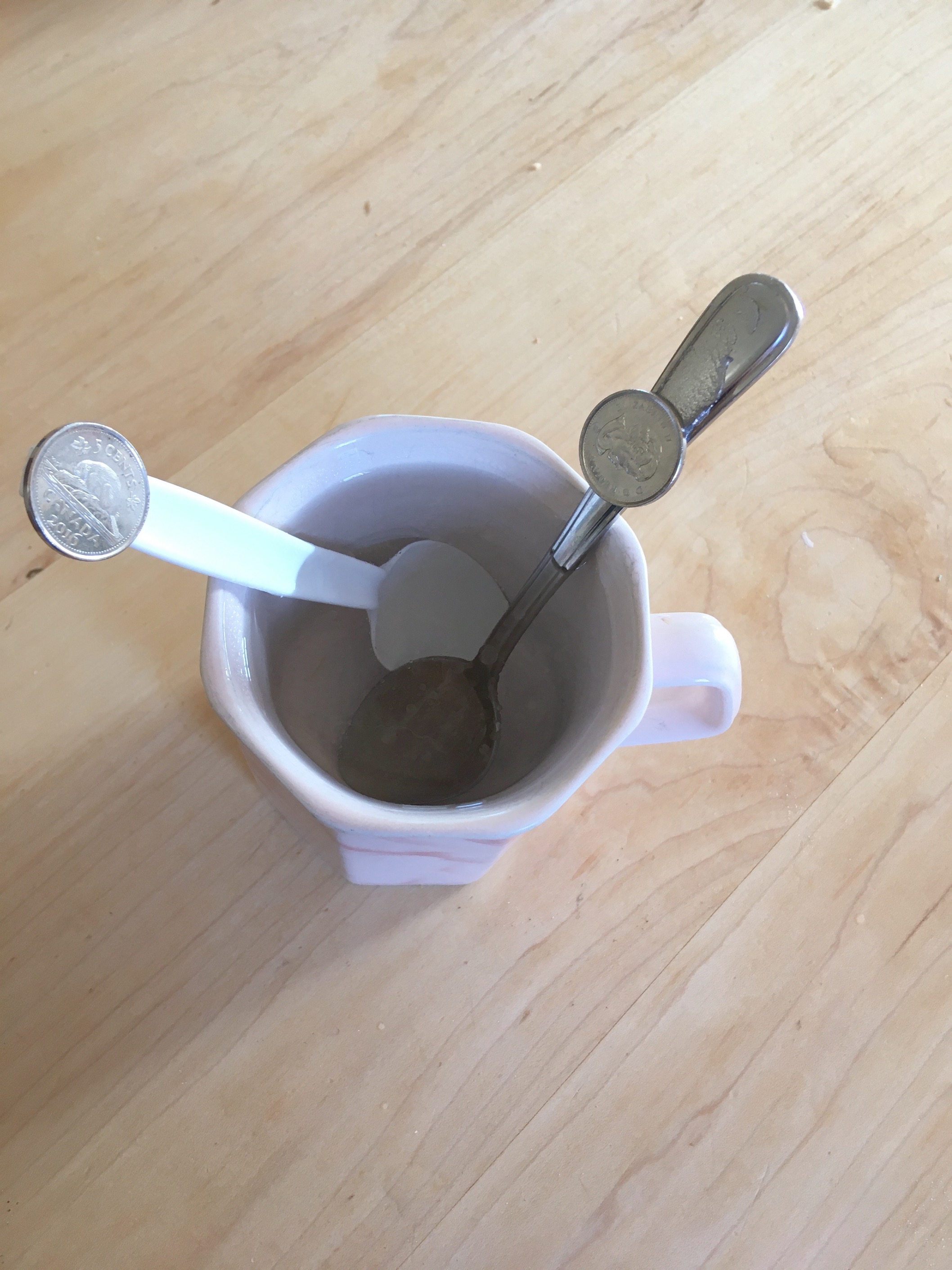

0 Response to "ell a material conducts heat"
Post a Comment